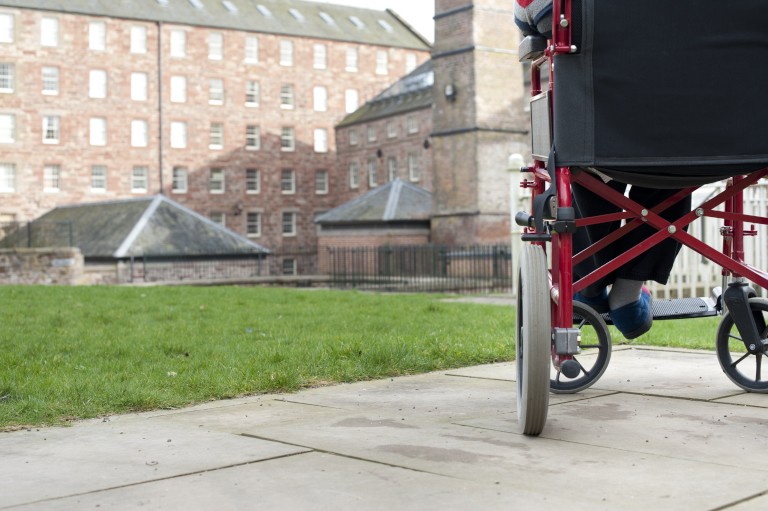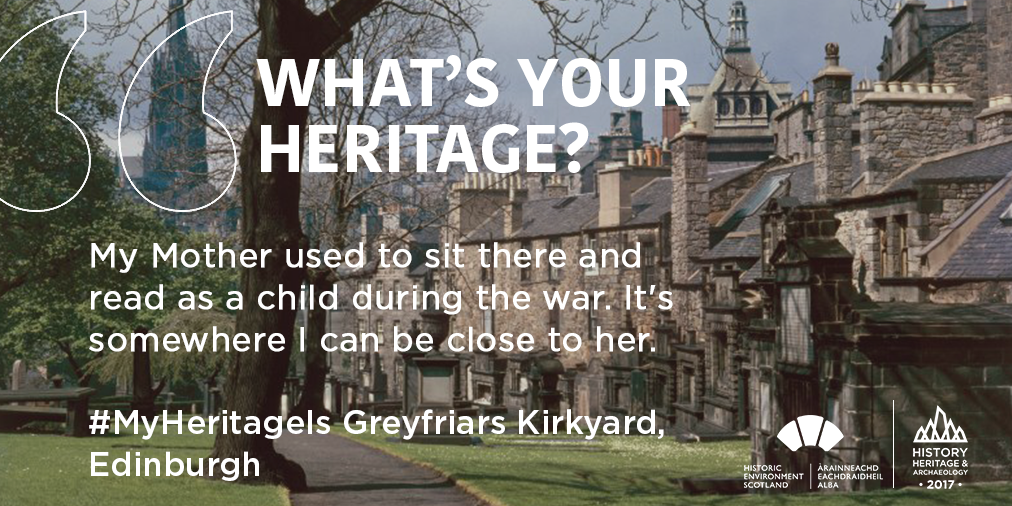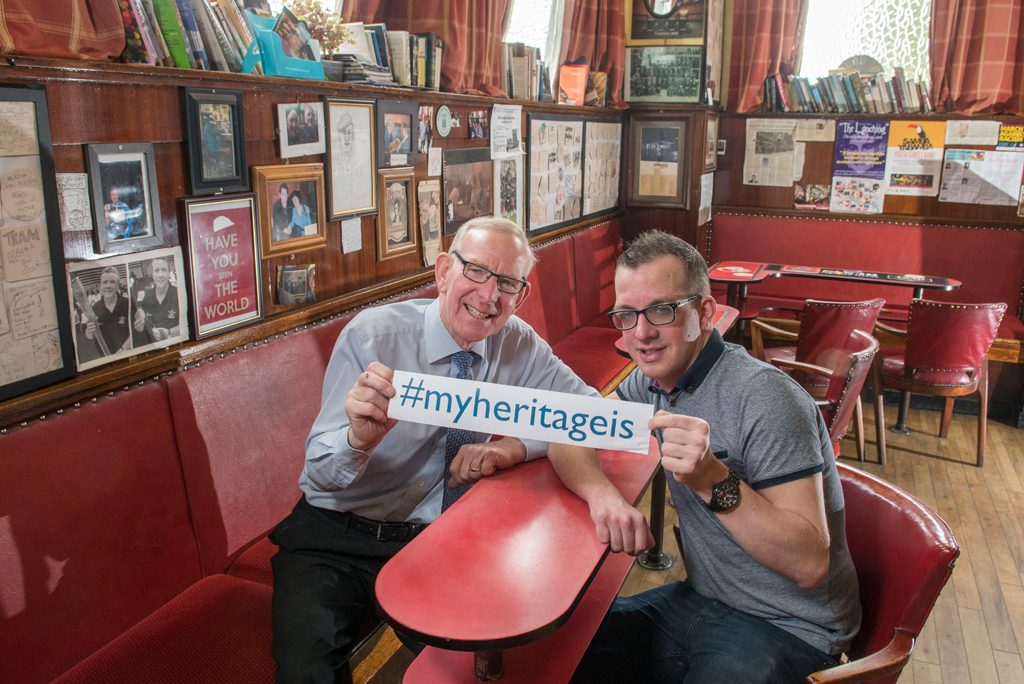Earlier this year, we asked the public What’s Your Heritage? in a national campaign. Nearly 2,000 people responded through our online survey and face-to-face workshops, giving us a new perspective on what heritage means to the people of Scotland.
Starting the Conversation
Back in February I had the privilege of being invited to join the Scottish Commission for Learning Disability (SCLD) Keys to Life Expert Group at their annual meeting in Glasgow. The SCLD Expert Group includes representatives from all over Scotland, all of whom have a recognised learning disability, and all of whom have different experiences and interpretations of the word ‘heritage’.

Members of the the Scottish Commission for Learning Disability (SCLD) with HES’s Tom Parnell
At the workshop, we asked everyone to contribute their ideas of what heritage meant to them. The answers were diverse, clearly expressed and carefully considered views.
Deeds, not Words
This then led to further discussion about the importance of that heritage, and what members of the SCLD Expert Group thought we at Historic Environment Scotland could do to enable them to understand, record and celebrate their heritage.
In their answers, I was struck by how seemingly unconnected events can impact on the ability of others to engage with that heritage. We talked a lot about access, and the different meanings of that word, too.

The group talked about barriers that stop people engaging with their heritage – both physical and emotional.
We talked about our town centres, places we visit on holiday, places where people congregate, grow up, shop, learn – and how changes in the places we are familiar with can have a really profound impact. We could have talked for so much longer, and I hope we will continue the conversation in the future.
Challenging the Status Quo
Our role in the built environment sector is clearly defined, and we have a range of statutory and non-statutory obligations – but What’s Your Heritage? has already begun to challenge traditional viewpoints and ways of doing things. We recognise it’s important to reflect the ambition and aspirations communities across Scotland have – as they have told us – for their sense of place. One example of the way we’ve already begun to enable communities in sharing their heritage and celebrating their important places is through Scotland’s Urban Past.

SUP recently held a community event in Ayr where they helped local people uncover the history of medieval St John’s Tower using techniques from virtual reality to historic re-enactment
My experience of just this short time listening to communities and individuals from different backgrounds changed my own professional understanding of what my role in the heritage sector is, and can be in the future. I’ve been lucky that in my fourteen years in the sector I’ve had the opportunity to engage with people and organisations all over Scotland and beyond, learning from others’ knowledge on buildings, places and any other meaning of the word ‘heritage’. But What’s Your Heritage? has reinforced my belief that I need to constantly challenge myself on what I think the people of Scotland value and, above all, ask what Historic Environment Scotland needs to do to enable them to engage further.

‘What’s Your Heritage’ consultation showed that people value both social and built heritage
What’s Your Heritage? has proven the value of listening, of thinking about the connections we can make and the outcomes we can facilitate – and the participants of the SCLD Expert Group refreshed my enthusiasm for that role. I’d like to thank all of the participants for being so welcoming, engaging and enthusiastic.

